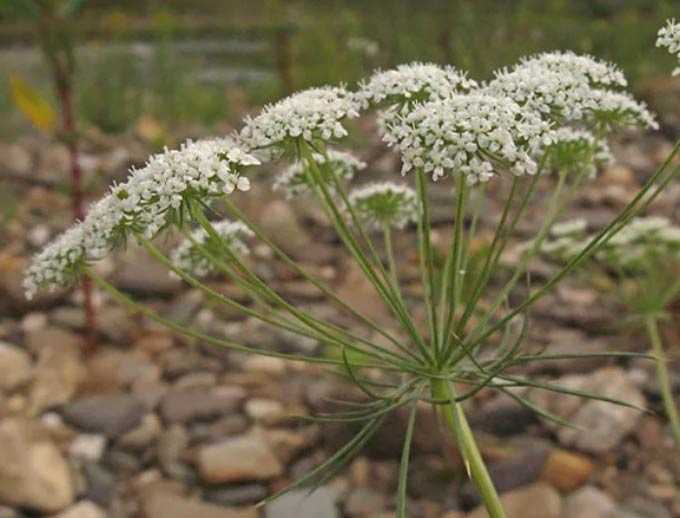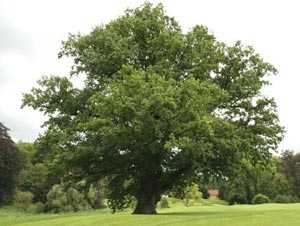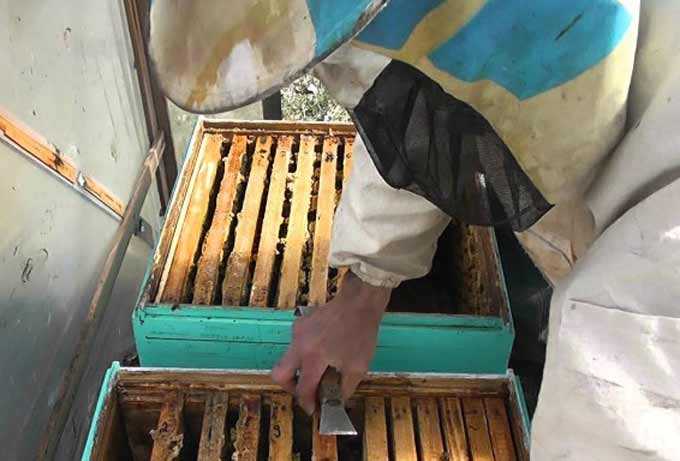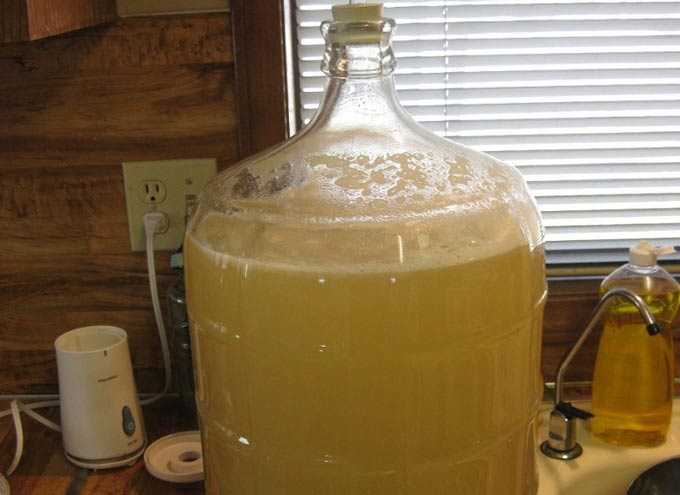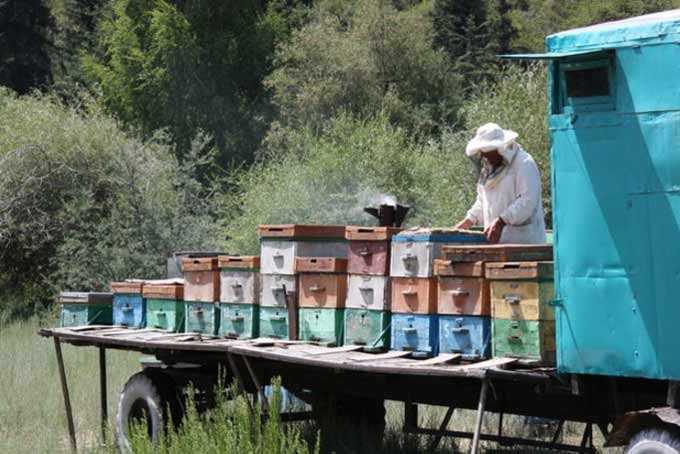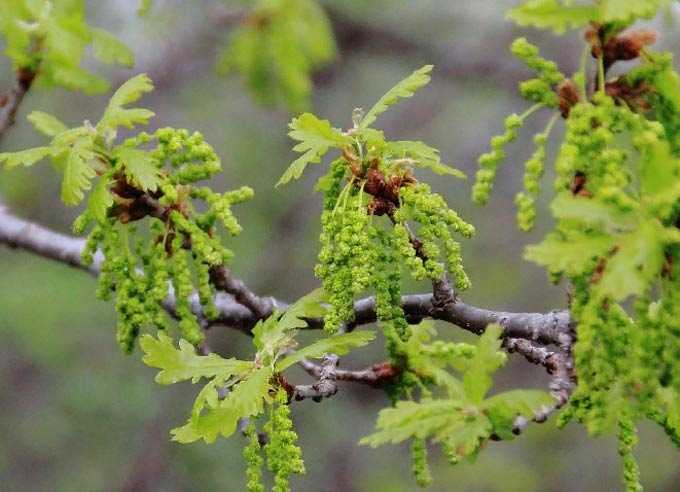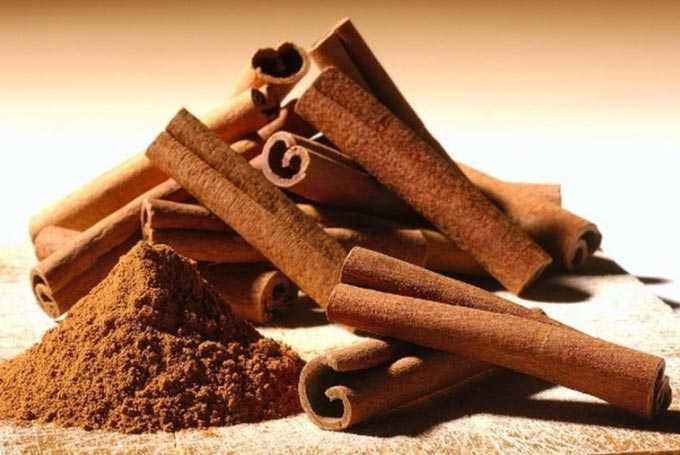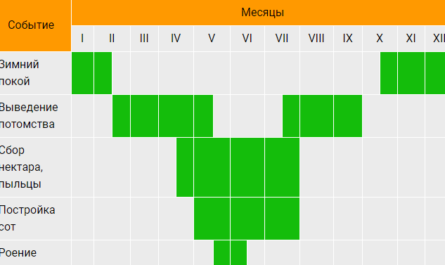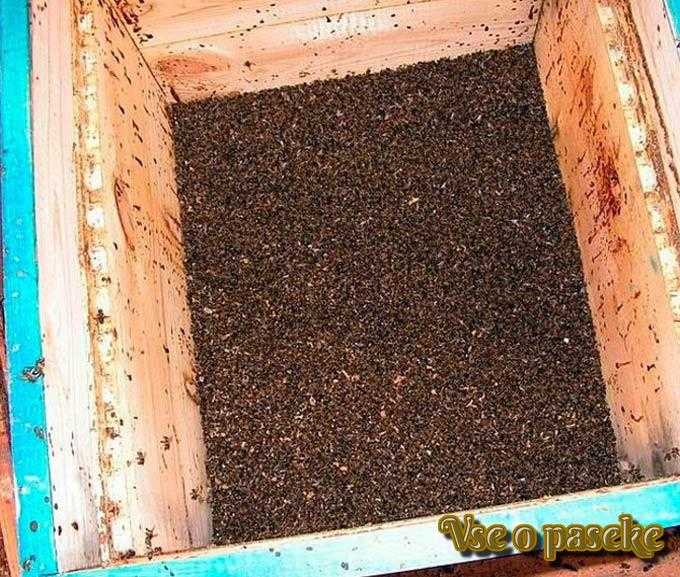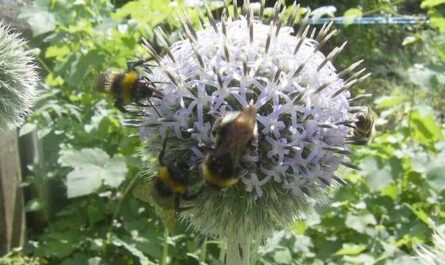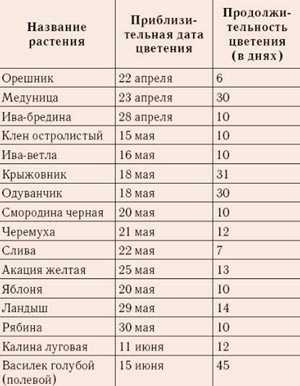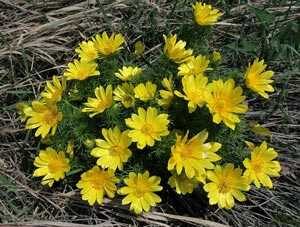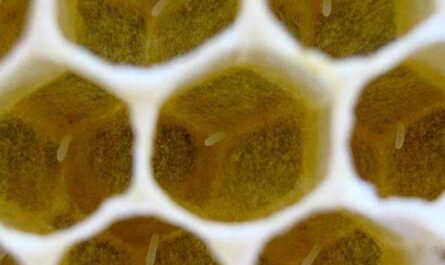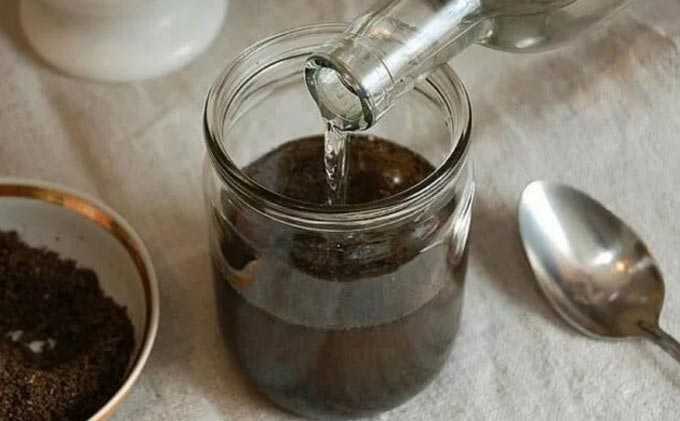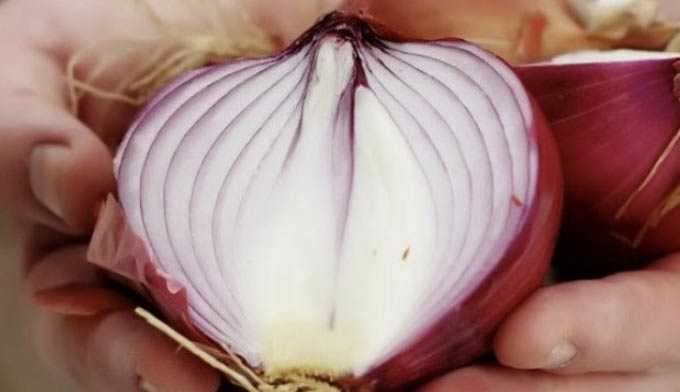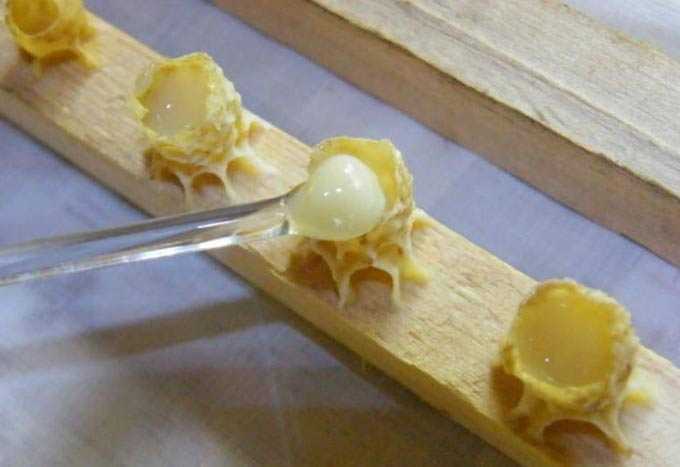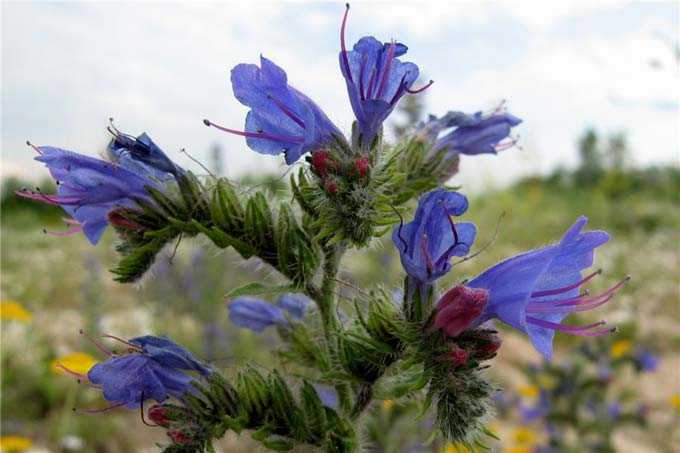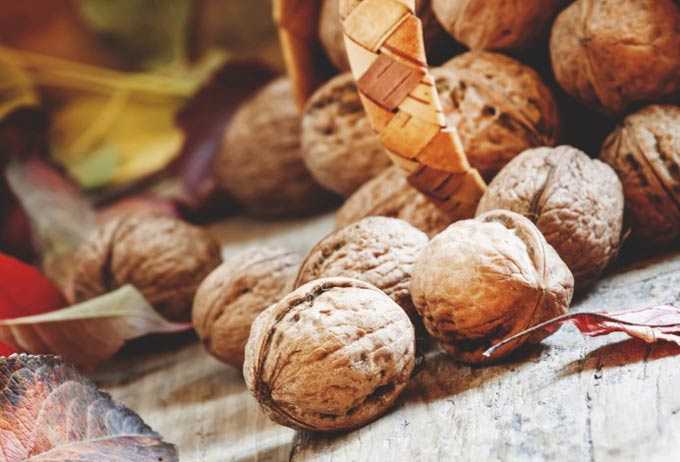Ammi dental honey plant belonging to the umbrella family. In the wild, this herb grows for two years, and culturally it is an annual. The homeland of Ammi or Visnaga is the Mediterranean, from where the plant spread to North Africa, the Middle East, the Caucasus, and Southeast Europe.
The content of the article
- 1 Significance for agriculture
- 1.1 Description
- 2 Agrotechnics
- 3 Honey productivity
- 4 Useful Properties
Significance for agriculture
Ammi is cultivated as a medicinal and fodder plant. In particular, this herb is used to prepare the pharmaceutical preparation “Avisan”, which has an antispasmodic effect.
The chaff (chaff) is used as animal feed. Fresh chaff is similar in composition to straw, but it is absorbed and digested better. In dry form, it is pre-steamed together with bran or cake in order to avoid clogging of the stomach in cattle.
Description
In the wild, ammonia grows well on alkaline soils. Its dense thickets can be found in the steppes or in dry meadows.
The plant has an erect stem 1,2-1,5 meters high, covered with small branches. Each branch has numerous umbrella-shaped inflorescences. The leaves are small, dissected into small lobes.
The flowers are small, white, with a pungent smell for humans. Each flower is formed of five petals wrapped with small leaves on the outside. Flowering lasts from June to August (about 40-45 days). In autumn, ovoid fruits are formed, glabrous and smooth, containing two small seeds.
Agrotechnics
The cultivated grass is demanding on the quality of the soil. When fertilizing (manure, potassium chloride, superphosphate), the plant blooms well and bears fruit even in dry years.
Reproduction is carried out only by seeds, the stratification of which is carried out under the snow or in a very cold basement (at a temperature of -2, the seed must be kept for 1-1,5 months).
The prepared area should be well fertilized and free of weeds. Seeds are planted to a depth of 2 cm with a row spacing of 0,4-0,6 meters. Sowing is carried out before winter or before the planting of early spring crops. Seed consumption is 5-7 kg per hectare.
Ammi differs in that, provided that it is sown in a weed-free soil, they subsequently do not take root next to this crop.
The first shoots appear quickly – 10-15 days. After a month, rosettes are formed, and after 80-90 days the first inflorescences open.
Honey productivity
The ammonium honey plant produces a record 1-700 kilograms of marketable honey per hectare. Such numbers are mentioned by beekeepers in thematic forums. In South America, the herb is specially cultivated as a highly productive honey plant.
The pumped out honey is transparent and thick, with a slight reddish tint. Does not crystallize for a long time. It has a specific aroma and pleasant taste.
Useful Properties
The chemical composition of honey obtained with ammonia differs depending on the place of growth of this medicinal herb.
The main useful properties of the product are:
- Spasmolytic effect on the gallbladder and bladder, intestinal walls, bronchi and heart vessels. It is weaker than that of ready-made pharmaceutical preparations, but, nevertheless, honey is taken for bronchial asthma, colds, heart problems, and digestion.
- Calming effect on the nervous system. The product is useful for nervous agitation, insomnia.
Also, honey can be used as a tonic and cosmetic agent in homemade face masks, hair and body wraps.
